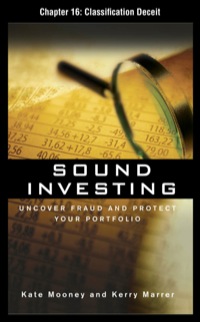Answered step by step
Verified Expert Solution
Question
1 Approved Answer
Remark: Please show step by step calculation Table 1 shows the stress-strain data for a new polymeric material rod subjected to an axial load. The


Remark: Please show step by step calculation
Table 1 shows the stress-strain data for a new polymeric material rod subjected to an axial load. The last point is observed as the rupture point. Table 1: Stress-strain data for new polymeric material Strain, e (dimensionless) Stress, s (Pa) 0 32 0.1 59 0.2 75 0.3 86 0.4 104 0.5 120 0.6 129 0.7 125 0.8 114 0.9 97 a) Develop a best-fit equation for the relationship between stress and strain. Employ Nave-Gauss elimination method whenever necessary. S = e + b) Determine the coefficient of determination for the equation. R2 = c) Calculate the stress value to the most accurate value at strain value 0.53. S = Pa d) The yield point is the point on a stress-strain curve that indicates the limit of elastic behaviour and the beginning of plastic behavior. In this case, the yield point occurs at a stress value of 80. Determine the corresponding strain value at the yield point. In any relevant method, use a stopping criterion of 0.05%. e = e) The ultimate strength is the maximum point on the stress-strain curve. This corresponds to the maximum stress that can be sustained by a structure in tension. Compute the ultimate strength point of the polymeric material (strain value that gives maximum stress). In any relevant method, use a stopping criterion of 0.05%. e Smax = Pa f) Determine the absolute error between the calculated maximum concentration and the highest experimental data. Absolute error = % Table 1 shows the stress-strain data for a new polymeric material rod subjected to an axial load. The last point is observed as the rupture point. Table 1: Stress-strain data for new polymeric material Strain, e (dimensionless) Stress, s (Pa) 0 32 0.1 59 0.2 75 0.3 86 0.4 104 0.5 120 0.6 129 0.7 125 0.8 114 0.9 97 a) Develop a best-fit equation for the relationship between stress and strain. Employ Nave-Gauss elimination method whenever necessary. S = e + b) Determine the coefficient of determination for the equation. R2 = c) Calculate the stress value to the most accurate value at strain value 0.53. S = Pa d) The yield point is the point on a stress-strain curve that indicates the limit of elastic behaviour and the beginning of plastic behavior. In this case, the yield point occurs at a stress value of 80. Determine the corresponding strain value at the yield point. In any relevant method, use a stopping criterion of 0.05%. e = e) The ultimate strength is the maximum point on the stress-strain curve. This corresponds to the maximum stress that can be sustained by a structure in tension. Compute the ultimate strength point of the polymeric material (strain value that gives maximum stress). In any relevant method, use a stopping criterion of 0.05%. e Smax = Pa f) Determine the absolute error between the calculated maximum concentration and the highest experimental data. Absolute error = %Step by Step Solution
There are 3 Steps involved in it
Step: 1

Get Instant Access to Expert-Tailored Solutions
See step-by-step solutions with expert insights and AI powered tools for academic success
Step: 2

Step: 3

Ace Your Homework with AI
Get the answers you need in no time with our AI-driven, step-by-step assistance
Get Started


